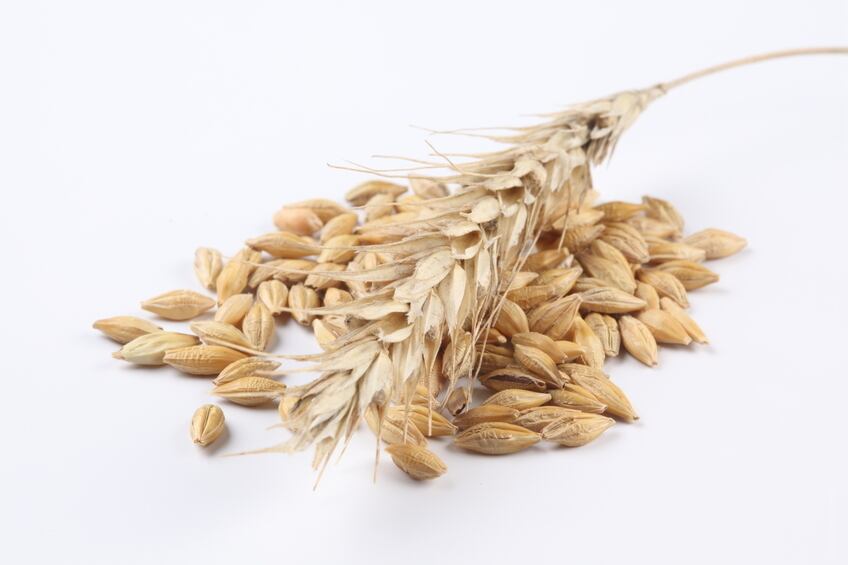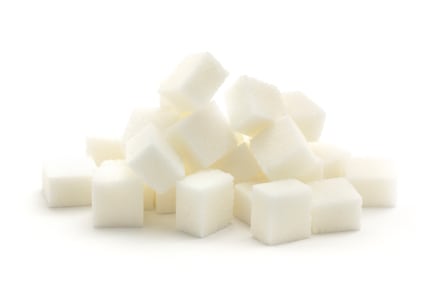In a 31-page dossier filed to the US Food and Drug Administration ahead of the August 1 deadline for comments, the baking association and the Retail Bakers of America jointly raised several concerns around proposed changes to the Nutrition Facts Panel.
Regarding some revisions, ABA said it was “deeply concerned” the FDA did not have the statutory authority for enforcement.
ABA suggested revisions on the proposed definition of dietary fiber and mandatory added sugars declaration were needed, as well as to the proposed compliance and implementation timeframes.
It called on the FDA to ensure final revisions were justified by verifiable, peer reviewed, published science accessible through a transparent process and that the alterations to the panel enhanced consumer understanding.
Dietary fiber – unintentional ambiguities?
ABA raised concerns over the FDA’s proposed definition of dietary fiber, calling out ambiguities - that it said could have been unintentional - but in parts were “misleading” and “confusing”.
It said the definition in its current form had the potential to dramatically impact and significantly limit what was permitted as a dietary fiber on the panel.
The FDA’s use of ‘intrinsic and intact’ in the definition, for example, would eliminate use of isolated, extracted, or synthesized fibers such as oat fiber hulls or barley and corn fiber extracts – all widely used by industry.

ABA said the definition must be revised to include plant-based dietary fibers that had been separated or removed from plants and milled, crushed or minimally processed.
If the FDA finalized a dietary fiber definition, ABA recommended it adopted the CODEX Alimentarius definition revised in comments submitted by the AACCI.
In addition, it said the added dietary fibers list should feature more than just beta-glucan soluble fiber and barley beta-fiber, as for many bakers these two ingredients were not appropriate because of functionality limitations and cost.
Physiological benefit versus chemical structure
FDA’s proposed definition of dietary fiber is:
1: Nondigestible soluble and insoluble carbohydrates (with 3 or more monomeric units) and lignin that are intrinsic and intact in plants
2: Isolated and synthetic non-digestible carbohydrates (with 3 or more monomeric units) that FDA has granted be included in the definition of dietary fiber, in response to a petition submitted to FDA under § 10.30 (21 CFR 10.30) demonstrating that such carbohydrates have a physiological effect(s) that is beneficial to human health
3: Isolated and synthetic non-digestible carbohydrates (with 3 or more monomeric units) that are the subject of an authorized health claim
ABA also raised concerns about the FDA’s dietary fiber definition being based on physiological effect, rather than chemical structure, and its calls to introduce a petition process to define and determine fibers based on these physiological effects.
This was “unprecedented in defining a macronutrient” and the proposed petition process “unnecessary, even redundant” given the chemical composition of fibers were responsible for the physiological benefit.
Despite this, ABA acknowledged there was a public health goal of ensuring dietary fiber provided beneficial physiological effects and so proposed a ‘dual-approach’ for dietary fiber declaration.
For example, a manufacturer could list dietary fiber based on the chemical structure, but then make substantiated claims on-pack to communicate its physiological effects.
ABA said the pre-approval process must be changed from a petition process as this fell outside the FDA’s authority remit. A substantiation process or notification process should be considered as an alternative, it said.
Sugars declaration outside FDA remit?
ABA said the FDA’s proposed ‘added sugars’ declaration suffered from “serious (if not fatal) procedural defects”.
For example, it was not evidenced-based as the FDA conceded there was a lack of scientific agreement on the effects of added sugars on health; it lacked adequate cost-benefit analysis; and there was upcoming consumer-research that had not been commented on.

In addition, ABA said the FDA lacked the statutory authority to compel a mandatory added sugars declaration. The FDA was only granted limited authority to expand the list of nutrients to include additional nutrients to assist consumers in maintaining healthy dietary practices, it said.
However, if ‘added sugars’ was included on the Nutrition Facts Panel, ABA said it should be voluntary not mandatory, and be defined in harmony with the existing sugars definition. Future changes would require ‘sugars’ to become ‘total sugars’, it said, to ensure consumer understanding that added sugars are a part of that sum. This would ensure consistence with ‘total fat’ and ‘total carbs’ labeling, it explained.
Although, with proposals as they were, declaration of added sugars for yeast-leavened bread products would be “unavoidably overstated and therefore plainly false and misleading”, ABA said.
This was because it was “extremely challenging, if not impossible” for manufacturers to calculate reductions in added sugars during the fermentation process.

Two-year compliance not long enough
Should all proposed changes go ahead, ABA said it would involve entire re-designs and re-prints across the majority of packaging and labeling – not just the Nutrition Facts Panels.
Based on a survey of its members, ABA said packaging and printing companies would not have the capacity to make these changes across all required packs and labels.
“The baking industry would need a five year implementation time to implement the proposed changes to all current products,” it said. “…This extension will allow industry to conduct the necessary analysis and make the changes required under the final rules.”
This extended would also help stretch out costs for manufactures – estimated to be between $250-$6,000 per product, ABA said.
In terms of compliance versus enforcement, ABA called for separate dates to “ensure that the final timeframes do not leave industry stakeholders vulnerable to state enforcement actions”.
